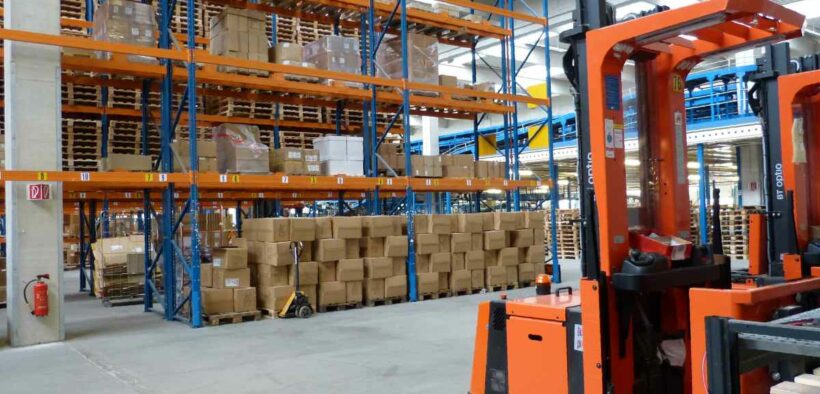Three tactics for navigating packaging shortages: Gartner
Share

Chief procurement officers (CPOs) should navigate rising costs, delayed deliveries and sustainability concerns brought on by packaging shortages through three tactics, according to Gartner Inc.
The research and consulting firm recommended that CPOs should centralise packaging specifications, collaborate with suppliers, and segment the different packaging types.
John Blake, senior director analyst with the Gartner Supply Chain practice, said that shortages of packaging materials such as pallets, plastics, and glass are wreaking havoc across supply chains.
“It remains unclear when – or if – these constraints will subside,” Blake said.
“To further complicate matters, there has been a lack of investment in technology that would allow for seamless collaboration across the supply chain,” he said.
Gartner outlined three actions for CPOs to reduce the impact of packaging supply constraints.
Centralise Packaging Specifications
It is traditional to link packaging specifications to a stock keeping unit (SKU) or bill of materials (BOM). However, Gartner says that this practice prevents CPOs from being aware of all the packaging specifications across the organisation.
This can be resolved through centralising all specifications across the business, which allows CPOs better visibility and enables improvements.
Benefits of this strategy include harmonising similar materials, establishing more sustainable alternatives, and fluidly switching suppliers in the event of a shortage.
“Ultimately, procurement teams need to build a packaging supply ecosystem, but they must first obtain full transparency of packaging specifications across the enterprise,” Blake said
However, there is currently a very limited adoption of advanced SaaS applications that would enable such a step.
“This is a massive investment gap for CPOs to close,” he said.
Collaborate with suppliers
As packaging suppliers operate at maximum capacity – either from demand or due to availability of raw materials – they are now in a position to select which customers and orders they choose to fulfil.
This highlights the need for CPOs to establish a close collaboration with suppliers and make it easy for them to fulfill orders.
Gartner said collaboration can be agreeing on suitable material substitutions, alternative production facilities, incentives, or a streamlined supplier onboarding.
“Suppliers with limited capacity will prioritise customers with the most favorable commercial conditions,” Blake said.
He explained that CPOs must align the interests of the suppliers with the internal requirements of manufacturing and R&D to chart the best path forward.
Segment Packaging
Gartner also emphasized the importance of having a holistic view of all packaging requirements in the organisation. This allows CPOs to use packaging segmentation to break down silos and identify the possible opportunities and risks that each segment presents.
For example, primary packaging is in direct contact with the product and must ensure quality over the product’s shelf-life and might require additional certification by the supplier. However, primary packaging carries a unique set of needs that can result in longer lead times or increased upfront effort to qualify alternative materials or suppliers.
On the other hand, transport of packaging such as pallets, crates and stretch wrap is often standardized. A switch to reusable packaging could mitigate shortages.
“Each level of packaging has its own set of risks that CPOs must factor into strategies to mitigate supply shortages. Segmenting packaging across the organisation provides a better base for decision-making,” Blake concluded.















